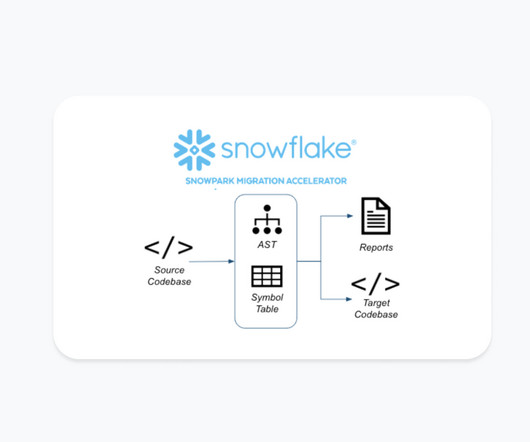A Definitive Guide to Using BigQuery Efficiently
Towards Data Science
MARCH 5, 2024
BigQuery basics and understanding costs ∘ Storage ∘ Compute · ? Introduction In the field of data warehousing, there’s a universal truth: managing data can be costly. Like a dragon guarding its treasure, each byte stored and each query executed demands its share of gold coins. Photo by Konstantin Evdokimov on Unsplash ?












Let's personalize your content